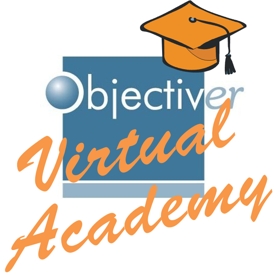

 |
|
 |
|
Using Objectiver in combination with UML
Using Objectiver to identify, elicit, and structure Use CasesUse Cases (a notation part of the Unified Modeling Language) are currently widely used to acquire and represent functional requirements for a system to build. The UML notation facilitates the understanding of use cases by all the project stakeholders, including the end users. However, as pointed out by numerous papers written on the subject, success is not guaranteed by simply creating a set of use cases. Experience shows that use cases are more often misused than used correctly. The result of it being poor quality requirements, poor design, and a lot of wasted time and effort. In many cases, the process for creating use cases is not adapted to the project needs; the use case process is neither well understood nor properly managed. Far too often, large sets of unadapted use cases are produced; they are written in too many technical details; they are presented with no logical order; no way to find out what the stakeholders end goals really are; no way to make sure that the resulting set of use cases is complete and that all categories of requirements have been covered.
The Objectiver method aims at solving the problems related to the identification of use cases by promoting a goal-driven approach. Using this method and tool, the focus of the modelling activity is shifted to stakeholders' goals. Goals are refined from high-level strategic goals pursued by the company to lower-level operational goals. Strategic goals hence provide a means to motivate all lower-level goals. And conversely all new operational demands can be checked against the more strategic goals of the project before introduction into the model. The goal refinement process proceeds up and down to the elicitation of requirements on the system (or organization) to be built and expectations on the system environment. Agents are identified to be responsible for individual requirements and subsequently the operations that implement these requirements are described. During the goal modeling phase, a domain analysis is also undertaken, the result of it being a model describing the concepts of the domain. These concepts and their relationships are described as UML class and object diagrams. They participate in the clear understanding of stakeholders' goals and are used in the description of the operations used to achieve the system requirements. As an additional result to this modeling activity, Objectiver can generate the UML use cases, which are now motivated by stakeholders' goals.
-
The goal model which proceeds from a systematic process permits to ascertain the level of completeness achieved in the identification of use cases.
